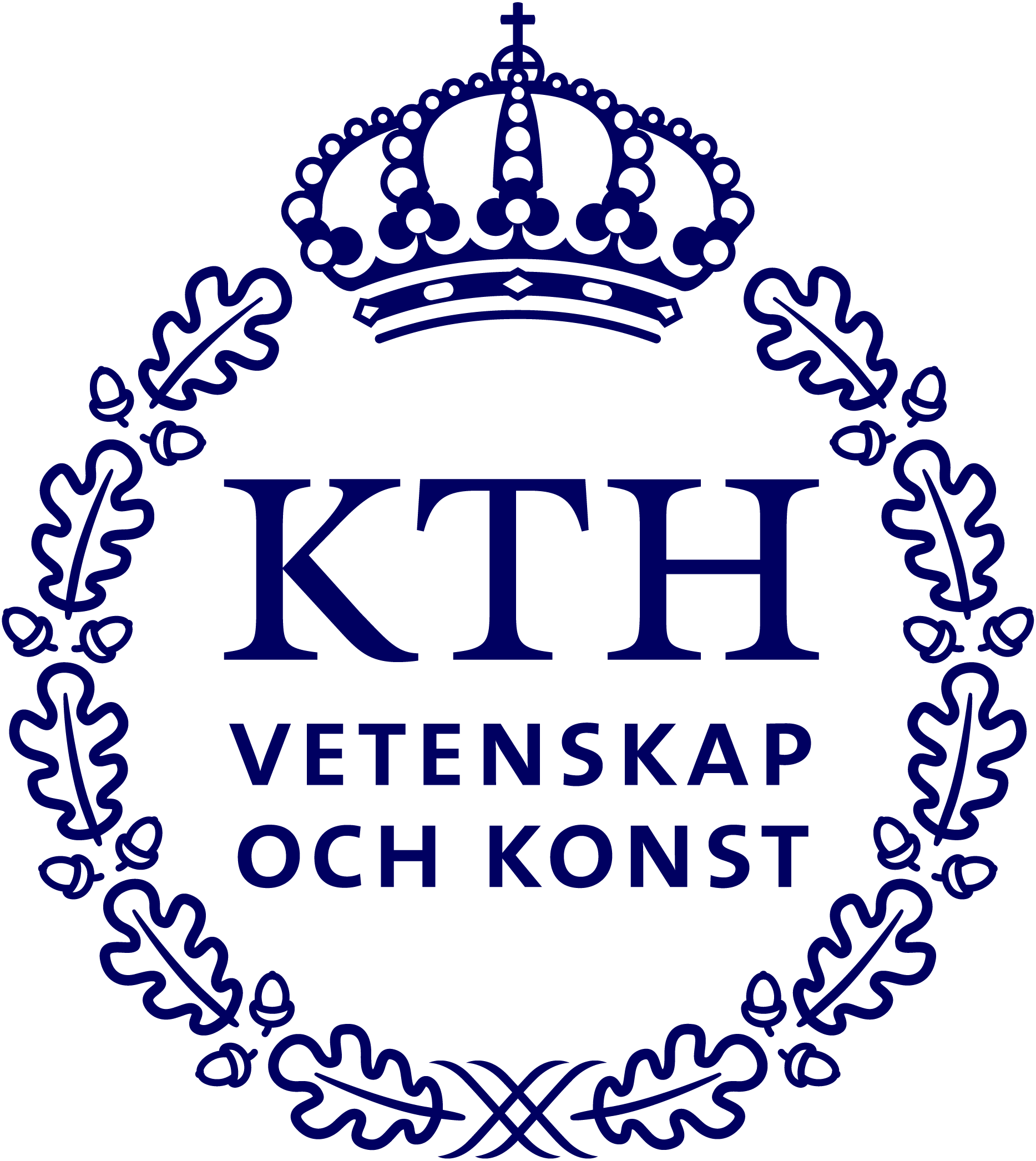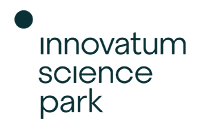
Blue Food - Centre for future seafood
The purpose of Blue Food - Centre for future seafood, is to harness the enormous potential that exists in the production of nutritious food from Swedish waters and thus make Sweden a leading producer of sustainable seafood.
Blue Food is working towards the vision: "With innovative circular solutions, increased knowledge and a stronger market, we want to create the conditions for long-term and sustainable production of seafood and make Sweden a leading producer of attractive and sustainable seafood." A shorter version of the vision reads: "Sweden will become a leading supplier of attractive and sustainable seafood."
The formation of the center has been made possible through long-standing national cooperation. Blue Food brings together universities, research institutes, companies, regions and organizations active in the seafood sector.
We will
Through research and knowledge dissemination, we will create better conditions for seafood production and increase understanding of seafood. The research focuses on increased food production from wild-caught fish and sustainable cultivation of algae, fish and other edible animals in circular systems. We will develop smart process methods to transform complex raw materials into new food ingredients and products.
The research will delve into consumer attitudes and the impact of seafood on our health, as well as the environmental impact of seafood production and animal health and welfare in farming systems. Blue Food also focuses on administrative barriers and planning of water and coastal zones.
We want to
- Increasing food production from fisheries catches and by-products
- Expanding sustainable aquaculture
- Stimulating a protein shift with a focus on blue-green protein sources
- Change consumer behavior and increase demand for new, sustainable and nutritious seafood products.
- Increasing the supply and diversification of nutritious and Swedish-produced seafood
- Increasing societal resilience and supply capacity through blue food production
We are
Blue Food is the largest investment to date in Swedish seafood, with funding of €48 million from the Formas Research Council.
Behind the formation of the centre is a national collection of research and innovation actors, regions, municipalities, organizations and a large number of companies.
The initiative includes actors from the entire seafood value chain, from primary production
in the form of sustainable aquaculture systems and underutilized wild fish species, through process and product development and the production of healthy Swedish seafood to the food trade.
Blue Mat Consortium
External parties
Co-financiers
Axfoundation, Fjällbackakräftor, Guldhaven Pelagiska, Göteborgs Fiskauktion, Hamra Fisk, Havsodlarnas producentorganisation, Klädesholmen Seafood, Landsbygdsnätverket, Lerøy, Luleå kommun, Länsstyrelsen i Gotlands län, Länsstyrelsen i Stockholm, Marenor, Marint centrum Simrishamn, Matfiskodlarna, Musselbaren, Musselfeed, N-research, Nomad Foods, Nordic Seafarm, Orkla, Pelagic Seafood Sweden, Pronofa, Royal Park Hospitality & Education Hub, Savolax, Scanfjord, Seac AB, Smögenlax, Sotenäs Symbioscentrum, Swedefish Machinery, Sweden Pelagic, Swedish Algae Factory, Swedish Pelagic Federation, Swedish surplus energy collaboration ,Swemarc
Supporting
ASC, Axfood, Baltic Sea Impact Foundation/Blått kol, Blått Centrum Gotland, Catxalot, Coop, First Eye, Fiskbranschens Riksförbund, Hushållningssällskapet Gotland, Hushållningssällskapet Norrbotten-Västerbotten, Ica, Koastal, Kobb AB, Kristineberg Center, MSC, Nationellt Kompetenscentrum för Vattenbruk, Nära Mat, Orust Shellfish, Ostronakademien, Paulig, Pond Fish and Greens, Region Gotland, Samla Sverige, Sjömatsfrämjandet, Submariner Network, Svenskmärkning, Svenskt vattenbruk och sjömat, Swedish Incubators & Science Parks, The Livekindly Company, Tillväxt Gotland, Vattenbrukscentrum Norr, Vattenbrukscentrum Ost, World Wildlife Fund WWF












